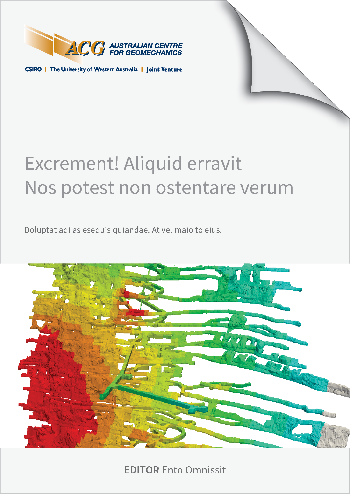Managing water in the transition from open pit to underground mining Grasberg

|
Authors: Ramadhan, T; Rinaldi, N; Putra, A; Putra, F; Nugraha, S; Beaulavon, A |
DOI https://doi.org/10.36487/ACG_repo/2435_Q-03
Cite As:
Ramadhan, T, Rinaldi, N, Putra, A, Putra, F, Nugraha, S & Beaulavon, A 2024, 'Managing water in the transition from open pit to underground mining Grasberg', in Daniel Johansson & Håkan Schunnesson (eds), MassMin 2024: Proceedings of the International Conference & Exhibition on Mass Mining, Luleå University of Technology, Luleå, pp. 1485-1503, https://doi.org/10.36487/ACG_repo/2435_Q-03
Abstract:
Grasberg mine, located in the remote highlands of Papua, Indonesia yielding substantial reserves of copper and gold, has long been synonymous with open-pit mining. However, with the completion of the open pit, the mine has embarked on a monumental transition toward underground mining. Located in high rainfall rate area, this transition presents a unique set of water management challenges due to altered environment. This paper provides an overview of the water management challenges and strategic approaches associated with the Grasberg Block Cave (GBC) transition, based on industry practices and development. The transition to underground mining requires a comprehensive understanding of the mine hydrogeological condition as the groundwater dynamics change, potentially leading to increased water ingress into underground workings. Controlling water inflows is paramount to ensure safety and efficiency of underground mining operations. Challenges in water management include controlling groundwater level, seepage, underground drainage, and surface water infiltration into underground areas. Excessive water ingress can pose safety risks and hinder mining operations. Strategies for effective water management during this transition encompass hydrological modelling, dewatering systems, surface – underground drainage management and sustainable practices. PT Freeport Indonesia has been working diligently to address these challenges and implement sustainable water management practices. Successfully reducing 250 l/s of water inflows from production areas, probability of reducing wet muck spills, controlling 1,250 – 3,200 l/s of mine drainage and reuse 315 l/s - 630 l/s for mill operation. This transition serves as a notable case study, illustrating the evolving strategies required to adapt to changing mining environments.
© Copyright 2025, Australian Centre for Geomechanics (ACG), The University of Western Australia. All rights reserved.
View copyright/legal information
Please direct any queries or error reports to repository-acg@uwa.edu.au
View copyright/legal information
Please direct any queries or error reports to repository-acg@uwa.edu.au